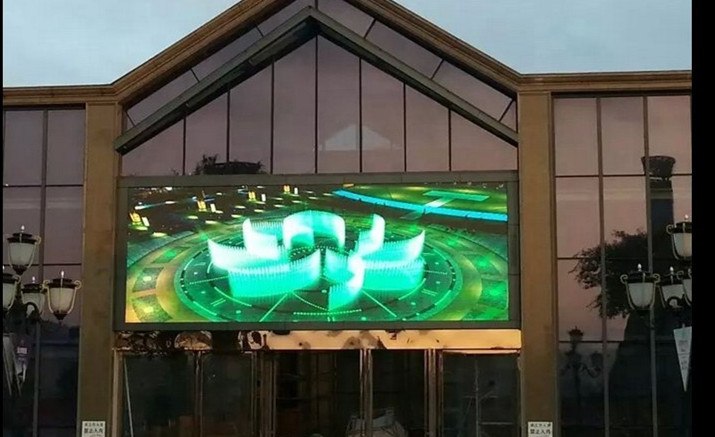Iparági hírek
Megértendő kérdések a LED kijelzők használatakor.
Az előző cikkben, we discussed the factors that must be considered when using LED screens, beleértve: the screen area allowed by the user’s venue, the user’s need to achieve the expected playback effect, the environmental brightness requirements for screen brightness, the brightness requirements of red, zöld, and blue in terms of white composition, the use of pure green tubes for high-end full-color displays, and how to calculate the brightness of LED single tubes. Következő, we will provide a detailed introduction to the use of LED electronic screens.
1. Why choose the DVI display interface standard?
(1) The DVI display card interface is a display interface that complies with international computer standards;
(2) Easy installation without opening the chassis;
(3) High graphics memory and strong dynamic image display capability;
(4) Strong software and hardware compatibility;
(5) Supports all operating systems and application software, with flexible and convenient display;
(6) Mass production, alacsony költségű, and easy maintenance.
2. Can LED screens be controlled with a laptop? Why?
Can. Laptops must have an independent graphics card and a DVI interface to connect to the control system. Currently, laptops with a DVI interface on the market can be connected to the control system.
3. What is the difference between indoor module full-color LED display screens and SMT full-color screens?
(1) Luminescent part: The display module of the module full-color LED kijelző is generally yellow green, and pure green modules are more expensive; Full color SMT screens generally use pure green chips;
(2) Display effect: The module full-color LED display screen has thicker pixel visual perception, lower brightness, and is prone to mosaic phenomenon; The consistency of the full color SMT screen is good, and the brightness is high;
(3) Karbantartás: Full color modules are difficult to maintain, and the cost of replacing the entire module is high; Full color SMT is easy to maintain and can be repaired or replaced with a single lamp;
4. The production cycle of outdoor screens is relatively long
(1) Raw material procurement: The procurement cycle for LED tubes is relatively long, especially for imported tube cores, which require an order cycle of 4-6 weeks;
(2) The production process is complex: it requires PCB design, shell making, gluing, and white balance adjustment;
(3) Strict structural requirements: Generally designed as a box, wind, eső, lightning protection, stb.. need to be considered.
5. How to help users choose the appropriate LED screen
(1) The need to display content;
(2) Confirmation of visual distance and perspective;
(3) Requirements for screen resolution;
(4) Requirements for installation environment;
(5) Cost control;
6. What is the typical aspect ratio of a display screen?
(1) Image and text screen: determined based on the displayed content;
(2) Video screen: generally 4:3 or close to 4:3; The ideal ratio is 16:9.
(3) How many points can a control system control?
(4) Communication screen A card: single color, kettős szín 1024 × 64
(5) Communication screen B card: single color: 896 x 512, kettős szín: 896 x 256
(6) DVI dual color screen: 1280 x 768
